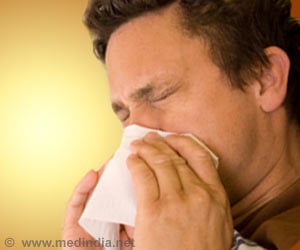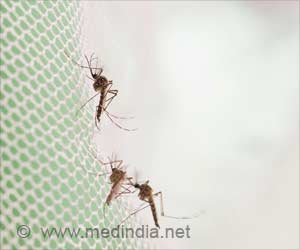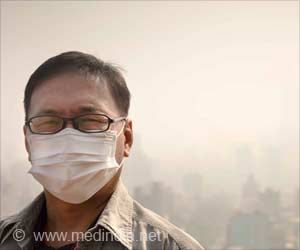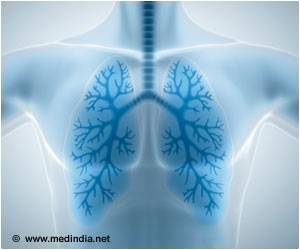H1N1 influenza virus seems to confront its survival limitations in spite of the rise in temperature, worrying the health ministry and doctors.

"We've asked companies to airlift stocks, if required. We'll monitor availability in the retail market," Union health secretary JP Sharma said. The government hopes cases will come down with awareness and precautionary measures, he said. The ministry has directed states to provide protective kits to health workers.
Doctors suspect a change in the strain behavior which generally happens in three to four years resulting in the sudden spurt in cases though ICMR has ruled out strain mutation.
Research says nearly 30% of those hospitalized for the flu are asthma patients. Swine flu and asthma attack the airways and makes people vulnerable to respiratory complications, including pneumonia, says Dr Vivek Nangia, director and head of pulmonology at Fortis.
Experts say though noninvasive ventilation can be effective for such patients, it's limited to 10 percent because of poor awareness. "By the time the patient is prescribed non-invasive ventilation in home care, lungs have irretrievably damaged," says Dr Nangia.
Source-Medindia











